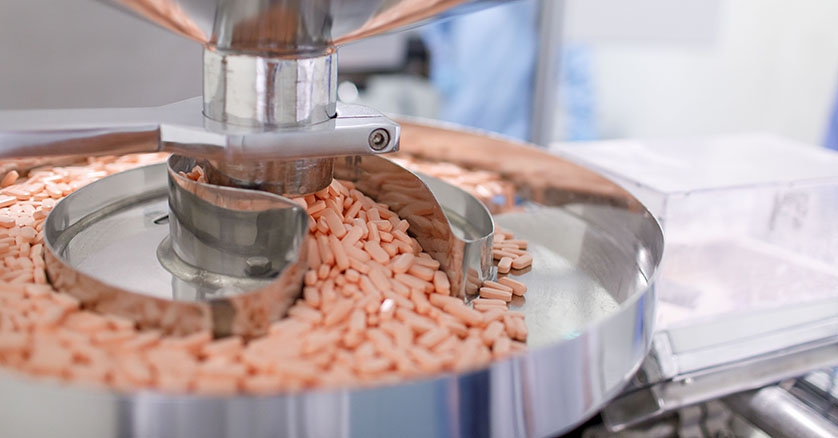Ensuring Drug Safety in India: Challenges, Implications, and the Way Forward
Context:
The safety and quality of drugs manufactured in India have been a matter of concern in recent years after several reports of drugs produced in India causing harm and even deaths to patients worldwide.
Relevance:
GS Paper 2 – Governance, Public health, accountability and regulatory reforms.
Prelims:
- Drug Regulation in India
- Functions of Central Drugs Standard Control Organization (CDSO)
Mains:
- Critically analyze the challenges faced by the Indian drug regulator in ensuring the safety and quality of drugs manufactured in India. What measures should be taken to address these challenges effectively?
- Discuss the implications of the recent incidents involving Indian-made drugs causing harm to patients worldwide. Examine the role of the drug regulator and the pharmaceutical industry in ensuring drug safety. Suggest measures to strengthen drug regulation in India.
Dimensions of the Article:
- Challenges in ensuring drug safety in India
- Measures to strengthen drug regulation
- Challenges and measures to overcome:
Challenges in ensuring drug safety in India:
- Lack of stringent regulatory measures: The Indian drug regulator has been criticized for its inadequate oversight and regulatory enforcement, allowing substandard drugs to enter the market.
- Limited capacity for inspections and quality control: The sheer volume of drug manufacturing facilities in India poses a challenge in conducting regular inspections and ensuring adherence to quality standards.
- Corruption and influence of the pharmaceutical industry: Instances of regulatory capture and corruption within the drug regulatory system have compromised the safety and quality of drugs.
- Inadequate coordination between regulatory agencies: There is a need for better coordination between different regulatory agencies involved in the drug approval and monitoring process.
Measures to strengthen drug regulation:
- Strengthening regulatory infrastructure: The Indian drug regulator should invest in building its capacity for inspections, testing, and quality control. Adequate resources and trained personnel should be allocated to ensure effective oversight.
- Enhancing transparency and accountability: The regulator should adopt transparent processes, including publishing inspection reports and regulatory decisions. Mechanisms for reporting adverse drug reactions and holding manufacturers accountable should be established.
- Strengthening international collaborations: Collaborating with international regulatory bodies and sharing information on drug safety can help improve the quality of drugs exported from India.
- Stringent penalties for non-compliance: Imposing severe penalties, including criminal charges, for manufacturing and selling substandard or counterfeit drugs can act as a deterrent.
Challenges and measures to overcome:
- Lack of political will: Overcoming political interference and ensuring the independence of the drug regulator is crucial for effective regulation. Measures such as institutional autonomy and clear guidelines for appointments can help address this challenge.
- Industry resistance: The pharmaceutical industry may resist stricter regulations due to concerns over increased compliance costs. Engaging in dialogue with industry stakeholders and demonstrating the long-term benefits of ensuring drug safety can help overcome this resistance.
Conclusion:
Ensuring the safety and quality of drugs manufactured in India is of paramount importance. The recent incidents involving Indian-made drugs causing harm to patients highlight the need for urgent action. The Indian drug regulator must prioritize the well-being of patients over industry interests and take proactive measures to strengthen drug regulation.





